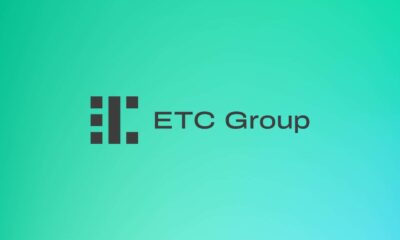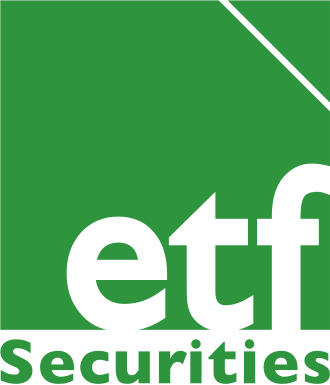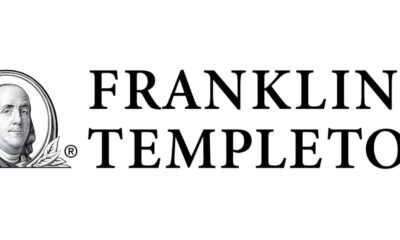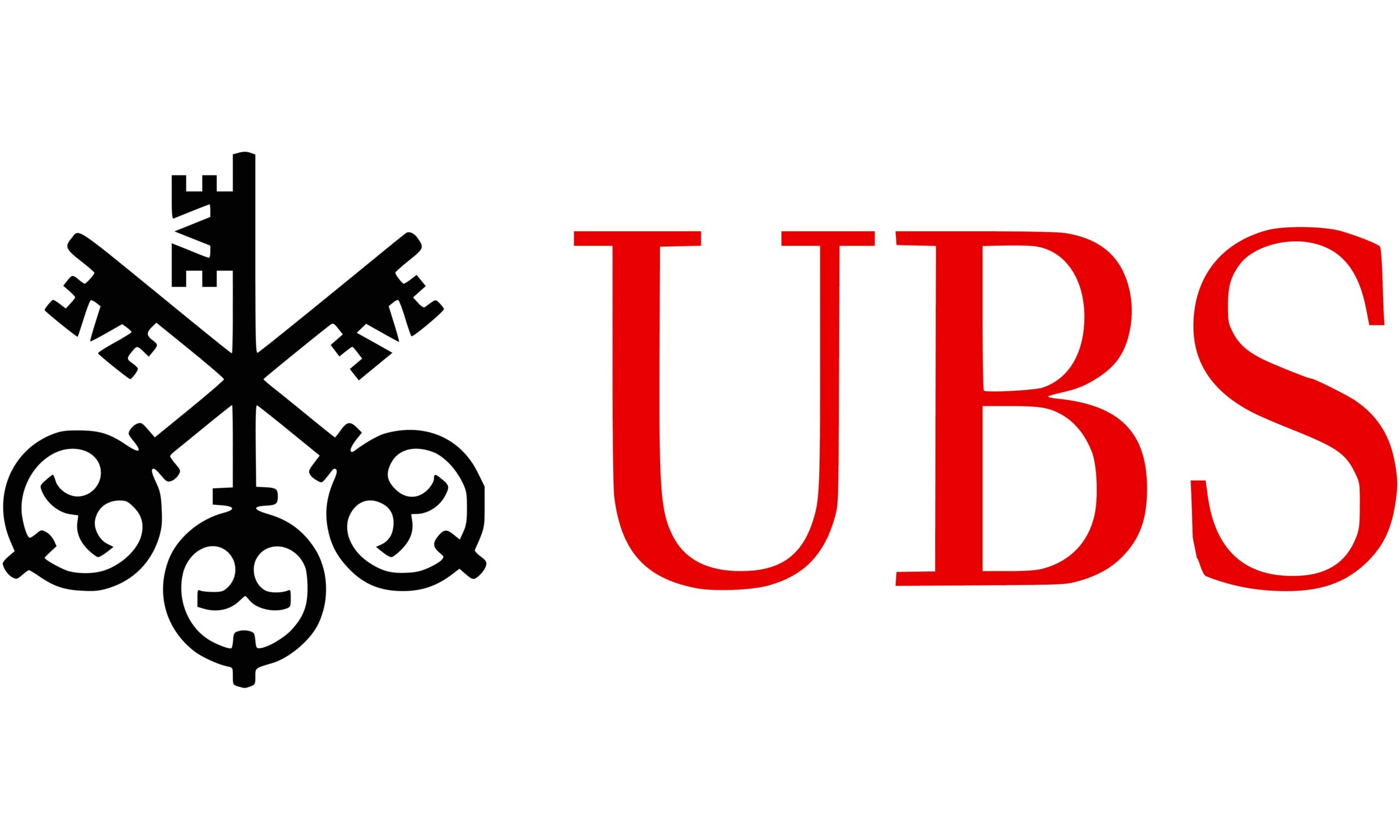Fixed Income Research – Has the bond bull market moved ahead of itself?
Highlights
- We have identified four major risks that could cause the bond bull trend to reverse: (1) an unexpected acceleration of growth rates and inflation (2) unsustainable debt trends; (3) credit demand and investment pick up; (4) an acceleration of China’s economic growth.
- We see these risks contained in the near term. Therefore, we believe that although many investors yearn for a return to “normality,” we are not there yet.
- The mixed economic outlook should allow bonds to keep trading in a broad range albeit with a high degree of volatility.
Is the 30-year bond bull market over?
After decades of declining interest rates and with the Fed on the cusp of raising rates (50% chance for December based on fed funds futures, as of September 28th), many investors wonder when the bull trend on the bonds market will reverse. While the economic data remains bond-bearish, the jump in global yields in early September raises the question of whether the bond market has moved ahead of itself.
(Click to enlarge)
On September 8th, the global bond market started to sell-off after the ECB kept its policy unchanged and failed to suggest any QE expansion beyond March 2017, and after Fed officials made hawkish comments ahead of their meeting scheduled later in the month. G10 long-dated bond yields rose by an average of 10 to 15bps and volatility moved higher – the VIX index edged up from 12 to 20. Additionally, credit spreads widened significantly especially for US and European High yield bonds (by 18 and 8bps respectively), while the emerging market (EM) government bond market proved resilient – credit spreads widened by only 3bps. Since then, global yields and volatility have declined after the Fed voted to hold any rate hike due to mixed macroeconomic data.
Beyond monetary policy, other factors can be important catalysts for a bond market crash. We have identified four main risk factors on which investors should focus on. Unless there is a reason to believe that central banks are seriously behind the curve or that there is a material change in at least one of the four risk factors below, the bond market should be broadly stable.
Risk 1: Inflation, growth rate and monetary policy
The global bond market is primarily affected by monetary policy. If growth and inflation rates begin to pick up, central banks might allow inflation to overshoot their targets to a certain extent before promptly removing monetary accommodation and increasing the pace of rate hikes, which would lead to a severe repricing higher of yields.
However, the current outlook suggests otherwise. According to the OECD, the global economy is projected to grow at a slower pace this year than in 2015, with only a modest uptick expected in 2017. In the US, where the economic recovery is the most advanced, the FOMC median economic projections for growth and inflation for 2016 were revised downward in September, from 2.0% to 1.8% and from 1.4% to 1.3% respectively. In addition, inflation and markets-based inflation expectations are persistently below the Fed’s 2% inflation target, with only modest signs of rising. The yield difference between regular 10-year Treasury notes and 10-year Treasury Inflation Protected Securities (a gauge of market’s long term inflation expectations) is at 1.54%, as of September 28th.
Risk 2: Fiscal sustainability and uncertainty
With the range of monetary policy tools nearing exhaustion, central bankers have been urging governments to provide fiscal stimulus and implement structural reforms in order to stimulate growth. Although, according to the IMF, fiscal positions have worsened significantly with public debt to GDP ratios being revised upwards in most countries (greater than 100% of GDP on average). The anaemic growth exacerbates the debt overhang problem. A further increase of debt to GDP ratio without a sustained increase of growth will raise concerns about the sustainability of public debt. In turn, this would likely have a material impact on investors’ perception of risk, raising sovereign risk premiums and, leading them to cut duration by reducing long-term bond positions. During the Eurozone debt-crisis in 2010, long-term Eurozone government bond yields rose from 2% to above 6% in countries where investors had serious doubt about the credit-worthiness of the government.
In addition, political choices also play an important role for fiscal policies. For instance, the nonpartisan Committee for a Responsible Federal Budget published a report on September 26th showing that Trump’s agenda, if enacted, would push the federal debt-to-GDP ratio from its current level of 75% to 105% within the next decade, while his rival Clinton would increase the ratio to 86%.
However, most advanced countries are constrained by strict budget rules, ensuring that future fiscal plans are sustainable. We thus see the fiscal risk contained in the near term.
Risk 3: Credit demand and investment
The Federal Reserve of San Francisco in its September Economic Letter1, highlighted the divergence between real interest rates and real returns on capital. The authors found that the recovery in credit markets following the Great Recession has been slower than the previous recovery, resulting in a slow recovery of growth and investment.
(Click to enlarge)
1 “Slow Credit Recovery and Excess Returns on Capital”, FRBSF Economic Letter (September 26th, 2016)
As a result, only the projects with a high probability of high return are funded, limiting the number of investment
opportunities and keeping interest rates low. While credit demand and investment dynamics remain subdued, any acceleration of these two indicators could be the start of a bond rout.
Risk 4: International capital flows
Bond performance since the early 2000s has been strongly correlated to the increase of central banks’ foreign currency (FX) reserves, in particular in EM and China.
(Click to enlarge)
Since the Fed started to taper its asset purchase programme in 2014, the US dollar has strengthened while the Yuan weakened. Consequently, the People’s Bank of China (PBOC) sold approximately 20% (USD808bn) of its foreign-currencies holdings to maintain the Yuan’s value and limit capital outflows, before finally devaluing its currency in January 2015. The PBOC’s bond sale was more than offset by the capital outflows from China into safe heaven assets, which resulted in lower global bond yields. In the meantime, G10 central banks have intensified their quantitative easing programmes, which has also contributed to lowering global bond yields. In our opinion, if China’s growth rate accelerates, foreign capital flows from developed markets could rapidly resume and exert upward pressures on global yields. However, current data suggest that the excess capacity in China will only enable the economic growth rate to stabilise.
Although we see four risks that could derail the current stability of the bond market, the mixed economic outlook should allow bonds to keep trading in a broad range albeit with a high degree of volatility. We believe that good quality corporates credit and EM markets with sound fundamentals can continue to provide decent yield differentials while being more resilient in time of market stress.
For more information contact:
ETF Securities Research team
ETF Securities (UK) Limited
T +44 (0) 207 448 4336
E info@etfsecurities.com
Important Information
The analyses in the above tables are purely for information purposes. They do not reflect the performance of any ETF Securities’ products . The futures and roll returns are not necessarily investable.
General
This communication has been provided by ETF Securities (UK) Limited (“ETFS UK”) which is authorised and regulated by the United Kingdom Financial Conduct Authority (the “FCA”).
This communication is only targeted at qualified or professional investors.

 Nyheter2 veckor sedan
Nyheter2 veckor sedan
 Nyheter3 veckor sedan
Nyheter3 veckor sedan
 Nyheter4 dagar sedan
Nyheter4 dagar sedan
 Nyheter3 veckor sedan
Nyheter3 veckor sedan
 Nyheter4 veckor sedan
Nyheter4 veckor sedan
 Nyheter4 dagar sedan
Nyheter4 dagar sedan
 Nyheter4 veckor sedan
Nyheter4 veckor sedan
 Nyheter3 veckor sedan
Nyheter3 veckor sedan


























